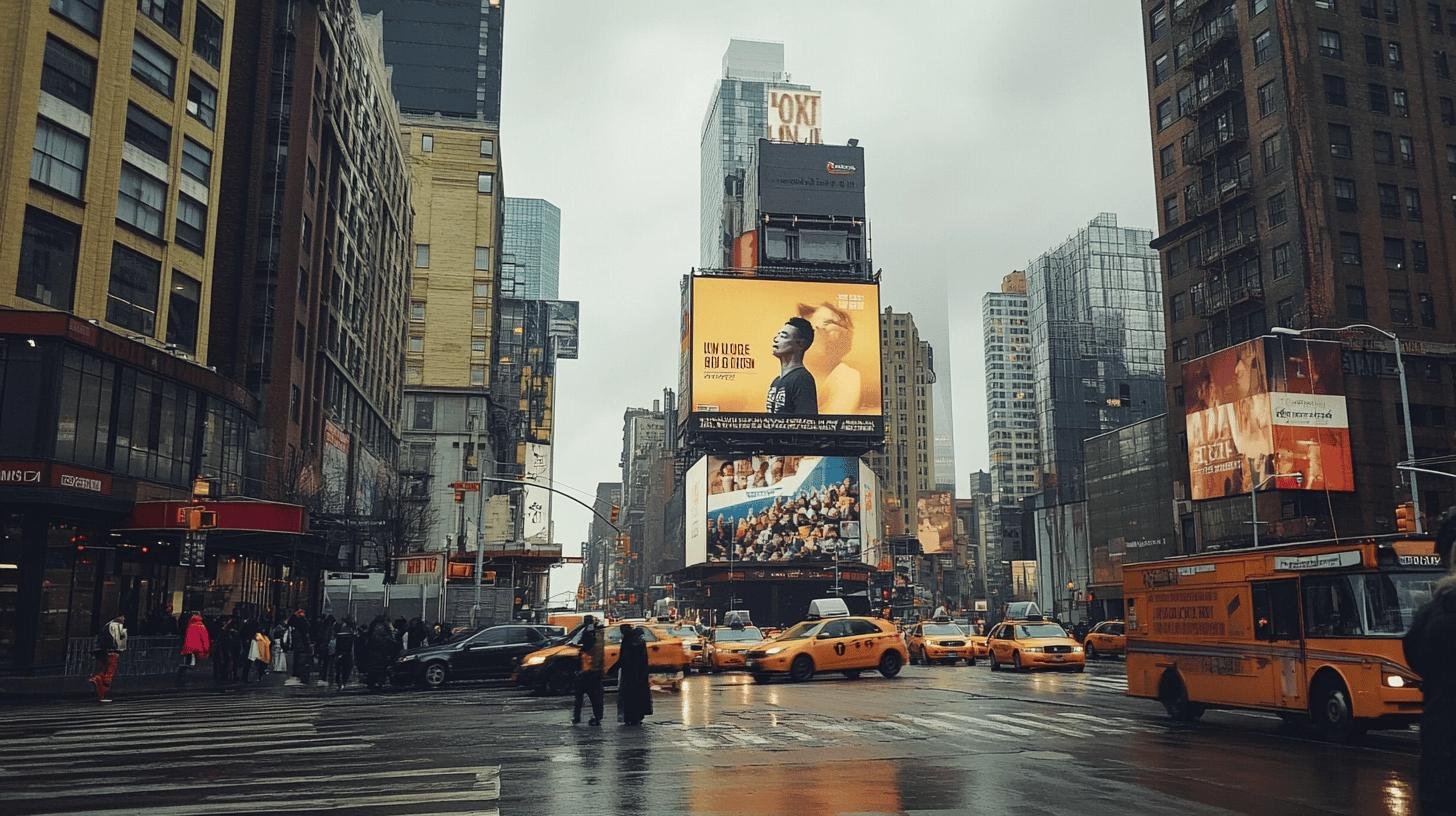TL;DR:
- Virtue signalling in advertising is when companies publicly support social issues to appear morally upright, often lacking genuine action.
- Coined by James Bartholomew in April 2015, it involves superficial support and minimal follow-through.
- Examples include Gillette ($8B loss), Bud Light (financial losses, executive changes), and Nike (criticism for slave labor).
- Risks include financial losses, damaged reputation, consumer skepticism, public backlash, and minimal impact without real action.
- Consumer reactions vary; some appreciate ethics, while others view it as shallow.
- Strategies for authenticity include defining values, aligning actions with words, and long-term commitment to causes.
Is virtue signalling in advertising making a real difference, or is it just for show? Many brands run ads that highlight their support for social causes, but are they truly walking the walk?
In this article, we’ll dive into the world of virtue signalling in advertising. We’ll explain what it means, why it’s popular, and whether it delivers real results.
Understanding Virtue Signalling in Advertising
Virtue signalling in advertising happens when companies highlight how they contribute to society or the environment. They do this to appeal to changing consumer attitudes. Often, it means expressing support for social issues to look morally upright, even without real action.
The term “virtue signalling” was coined by British journalist James Bartholomew in April 2015. It’s a critical term suggesting companies might care more about appearing good than actually doing good. It usually involves:
- Superficial Support: Lacks real commitment.
- Timely Alignment: Matches trending social issues.
- Prominent Messaging: Strongly highlighted in marketing.
- Minimal Action: Little follow-through.
- Public Praise: Seeks validation from consumers and media.
The rise of virtue signalling is tied to growing consumer demand for ethical brands. Companies align with social movements to attract loyal customers. Some brands genuinely commit, while others use these campaigns to mask their lack of action.
Real-World Examples of Virtue Signalling in Advertising

Brands use virtue signalling to align themselves with social issues. Sometimes these efforts succeed, but they can also backfire.
One example is Gillette’s “The Best Men Can Be” campaign, which tackled toxic masculinity. Despite its good intentions, it upset many viewers, resulting in an $8 billion loss. Bud Light also faced backlash when they partnered with trans influencer Dylan Mulvaney. Instead of promoting inclusivity, it led to financial losses and executive changes.
Nike’s campaign featuring a pregnant African woman aimed to promote diversity. However, critics accused the company of hypocrisy due to their use of sweatshop labor.
| Campaign | Brand | Outcome |
| The Best Men Can Be | Gillette | $8 billion loss |
| Collaboration with Dylan Mulvaney | Bud Light | Financial losses, executive changes |
| Pregnant African Woman Ad | Nike | Criticism for sweatshop labor practices |
The Purpose and Impact of Virtue Signalling in Advertising
Virtue signalling often aims to improve a company’s ESG (Environmental, Social, and Governance) ratings. Brands engage in these campaigns to align with social causes and demonstrate ethical practices. It’s more about appealing to consumer values than real contributions.
Today’s consumers look for brands that offer quality products and share their values. Virtue signalling can boost a brand’s image and build trust. By supporting popular social issues, companies can attract loyal customers who value ethical branding. This differentiates a brand in a crowded market and appeals to socially conscious consumers.
However, there are risks:
- Financial Losses: Can lead to boycotts and revenue drops.
- Damaged Reputation: Perceived insincerity hurts the brand’s image.
- Consumer Skepticism: Overuse leads to distrust.
- Public Backlash: Controversial stances can alienate customers.
- Minimal Long-term Impact: Without real action, benefits are short-lived.
While virtue signalling can enhance a brand’s image and align it with consumer values, it carries significant risks. If seen as insincere, these campaigns can backfire, leading to financial losses and damaged reputations. Brands must balance their messaging with real contributions to avoid these pitfalls.
Critiques and Consumer Perception of Virtue Signalling in Advertising

Consumer reaction to virtue signalling is mixed. Some appreciate the ethical stance, while others see it as a ploy for attention. The effectiveness of such campaigns is debated.
Certain consumers respond positively to virtue signalling. They like brands that share their values and take ethical stands. This can increase brand loyalty and emotional connection. For these consumers, ethical branding builds trust and a sense of community.
However, skepticism and fatigue are common. Brands with a history of ignoring issues but suddenly showing support can seem insincere. Consumers question the motives behind these campaigns, wondering if they are genuine or just capitalizing on social trends. This skepticism erodes trust and leads to consumer fatigue.
Overall, the critique of virtue signalling is complex. While some consumers appreciate the ethical efforts, others see it as shallow. Excessive virtue signalling without real action can lead to skepticism and damage a brand’s reputation. Brands must navigate these perceptions carefully to maintain trust and authenticity.
Strategies for Authentic and Effective Advertising Without Virtue Signalling
Consumers want authenticity from the brands they support. To avoid the traps of virtue signalling, companies should focus on real actions, not just flashy ads. Here are some tips:
- Define Values: Know your brand’s core beliefs and stick to them.
- Align with Actions: Only promote causes you genuinely support.
- Be Transparent: Share proof of your actions and their impact.
- Commit Long-Term: Support causes consistently, not just when it’s trendy.
- Show Real Support: Back up words with meaningful contributions.
- Stay Honest: Don’t overstate your involvement or impact.
By following these steps, brands can create more authentic advertising that resonates with consumers and builds trust.
Final Words
Virtue signalling in advertising is when brands promote their support for social causes. While some companies are sincere, others use it as a way to improve their image without making real changes. We’ve seen both successful and failed attempts at this strategy.
Though these campaigns aim to improve a brand’s image, they carry risks. They can result in financial losses, consumer skepticism, and public backlash. For brands, the key is to balance messaging with real action. Authenticity matters. In the end, virtue signalling is a double-edged sword—brands must use it carefully.
FAQ
What is virtue signalling in advertising?
It’s when brands promote their support for social causes to appeal to consumers. Often, this effort is more about boosting their image than taking real action.
What are examples of virtue signalling in advertising?
Examples include Gillette’s campaign against toxic masculinity and Nike’s ad featuring a pregnant African woman. Both led to mixed reactions from the public.
How do consumers react to virtue signalling?
Reactions are mixed. Some people like that brands stand for something, while others see it as insincere.
How can companies avoid virtue signalling?
Brands should focus on real actions, align their messaging with their values, and be transparent with their contributions.
What are the risks of virtue signalling in advertising?
Virtue signalling can lead to consumer skepticism, public backlash, and financial losses if brands are perceived as insincere or fail to follow through with real actions.

